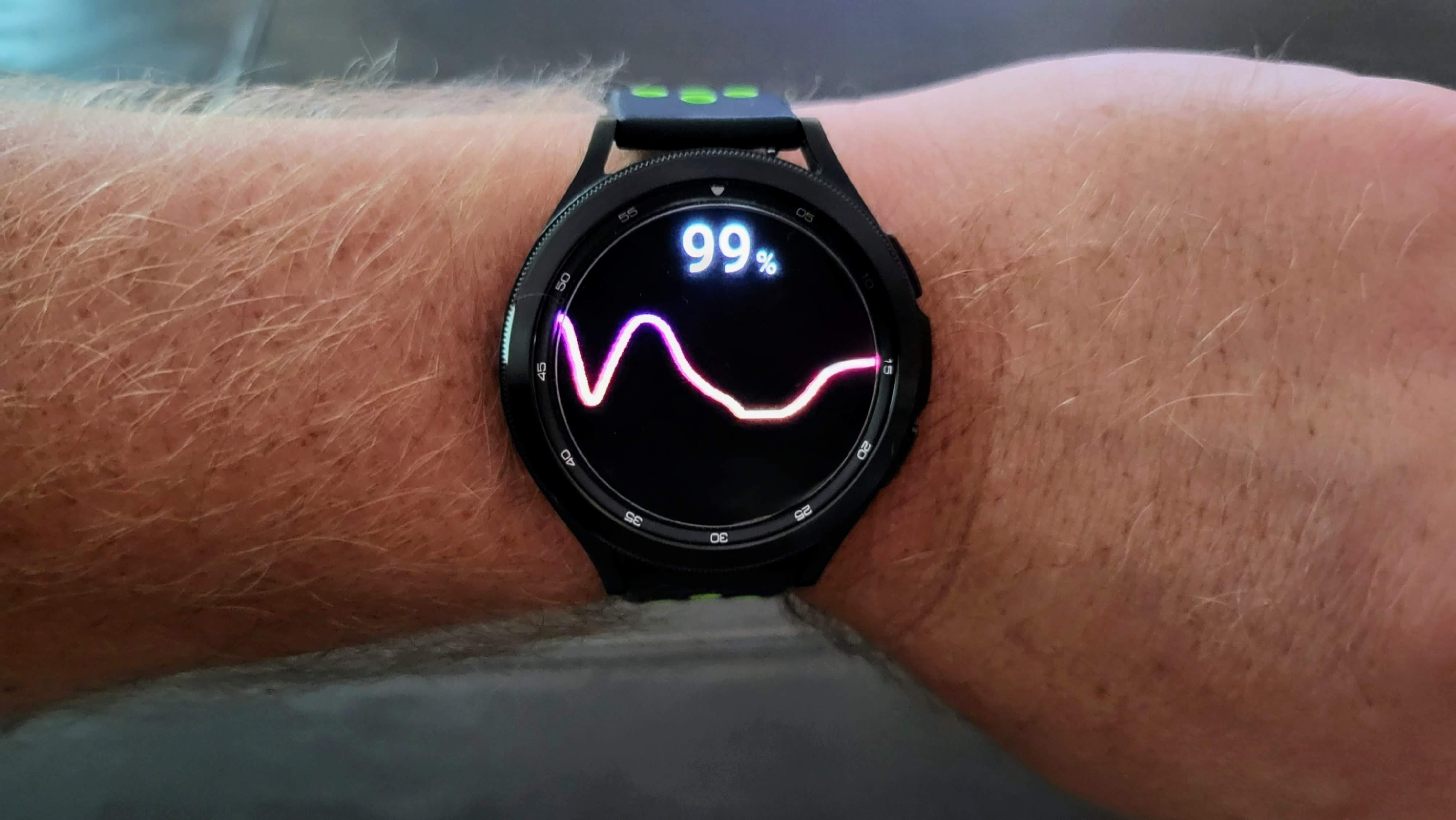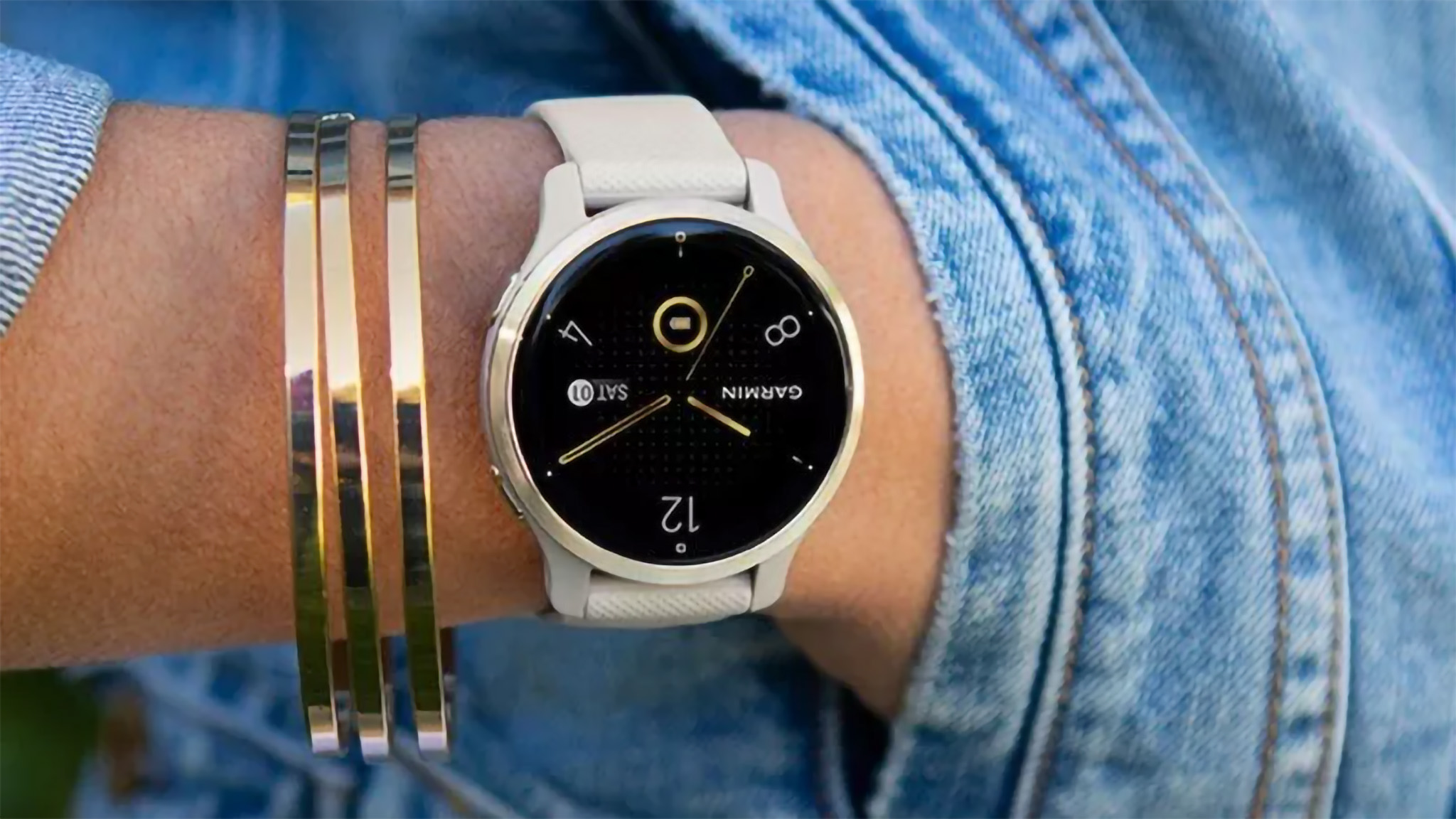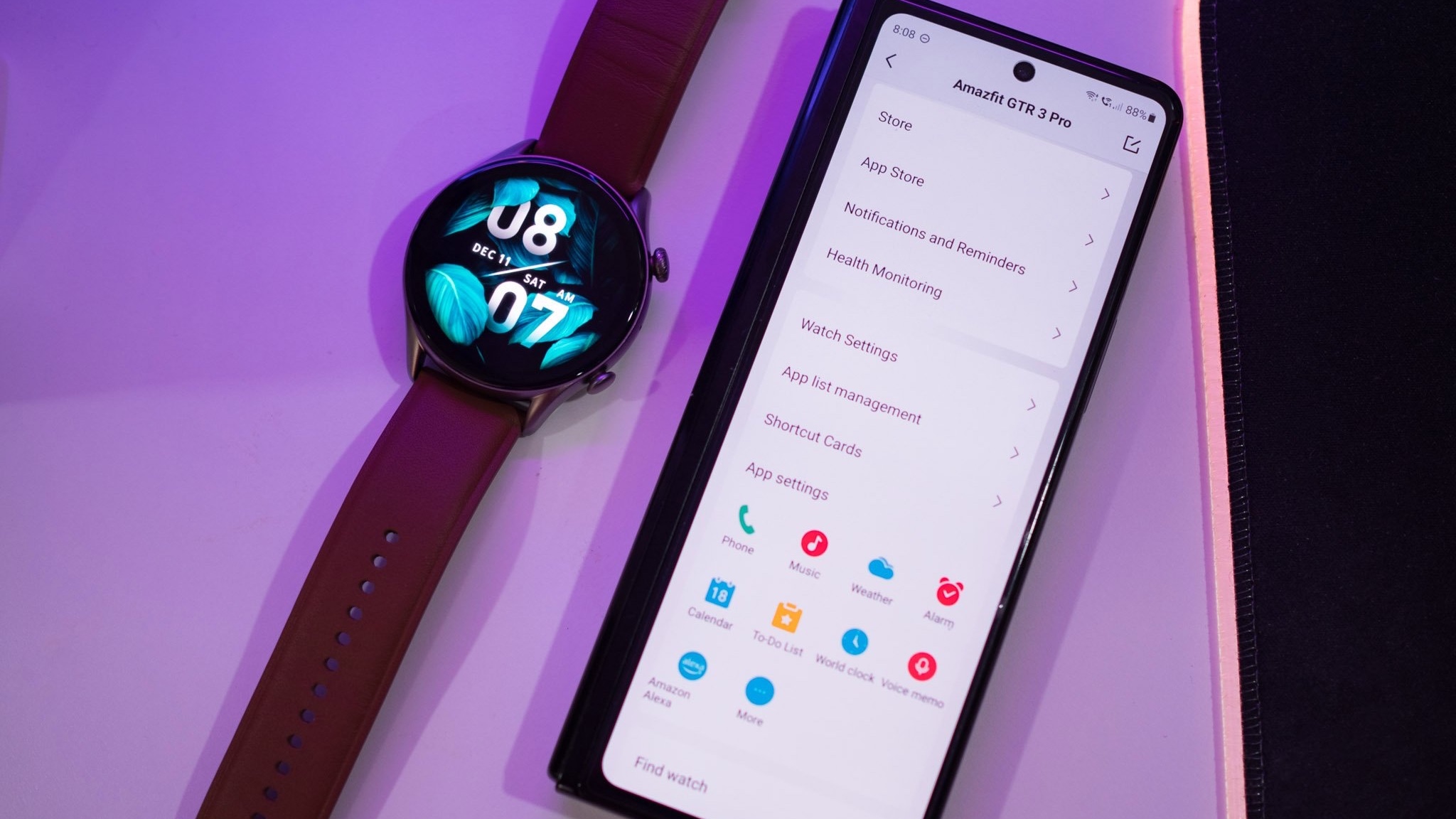Best heart rate monitor watch 2026
Monitor your heart during workouts, or just throughout the day.

If there's one feature that every smartwatch should have, it's a heart rate monitor. Even without additional sensors like an ECG or EDA sensor, basic heart rate monitoring is something that everyone can enjoy. By keeping track of your heart rate on a daily basis, you can know when you need to slow things down, or when you might need to talk to your doctor. We've rounded up our favorite picks for those looking at the best heart rate monitor watch.
Keep track of your heart rate with these watches
Why you can trust Android Central

Reasons to buy
Reasons to avoid
Ever since its unveiling and release in 2021, the Galaxy Watch 4 has been at the top of the list if you want the best Android smartwatch. It’s currently the only smartwatch that combines Google’s software prowess with Samsung’s top-notch hardware. It also remains the only option for those who want Wear OS 3, as we’re still waiting for other Android smartwatches to receive the update.
But when it comes to being a heart rate monitor watch, the Galaxy Watch 4 excels here as well. While the ability to monitor your heart rate has been possible since launch, a software update in late 2021 brought a new algorithm into the mix. There were some complaints about inconsistent readings and results, but the new accuracy algorithm seems to have cleared many of those up.
Some of the other health and fitness features for the Galaxy Watch 4 series include built-in ECG and blood pressure monitoring. The former is available in most regions, while the latter recently became available in Canada , but is still awaiting proper approval in the U.S.

Reasons to buy
Reasons to avoid
When the Fitbit Sense was released, we were surprised by its exorbitant price tag compared to the rest of the best Fitbit wearables. However, all it took to change our minds was to look at the various health and fitness tracking sensors that are packed into this wearable.
The Fitbit Sense not only can keep track of your heart rate, but thanks to the ECG sensor, it also monitors your heart rhythm. In an effort to help keep your heart healthy and your stress levels in check, the electrodermal sensor provides an in-depth look at your heart and how it’s doing throughout the different activities you perform. Fitbit even went so far as to implement a skin temperature sensor, so you’ll know if your body temperature is too high.
From a hardware perspective, the Fitbit Sense looks like a home run. Unfortunately, in order to take full advantage of what the Sense has to offer, you’ll need to sign up for Fitbit Premium. There are still plenty of reasons to consider the Sense, but it’s just something to keep in mind if you want the full experience.

Reasons to buy
Reasons to avoid
Polar is well-known for offering some of the best smartwatches for runners on the market. And with the company’s new Pacer Pro, this is easily one of the best smartwatches we’ve seen. It’s definitely geared towards those who love data points and want almost all of the metrics. Battery life is pretty great, as we found that it consistently lasts for up to 7-days, or 35 hours with GPS enabled.
Something that Polar is excelling at compared to the competition is in its ease of use. As noted in our review, the lack of a touchscreen isn’t a downside, as its more reliable and easier to navigate thanks to the five buttons found on the outside of the watch. But in terms of actually health and fitness tracking, the Pacer Pro does fall a bit short, which is why its lower on this list.
You won’t find any extra sensors such as a blood oxygen (SpO2) sensor or ECG sensor, nor will you be able to keep track of potential AFib issues. The Polar Pacer Pro is designed with runners in mind, and offers a different approach from the “traditional” smartwatch with its reliance on hardware buttons.

Garmin Venu 2S
Reasons to buy
Reasons to avoid
The biggest reason why we’ve included the Venu 2S vs Venu 2 Plus on this list is because of battery life. The Venu 2S lasts up to 10 days on a single charge, or 19 hours with GPS enabled, as opposed to the eight hours found with the Venu 2 Plus. Garmin continues to impress with its new smartwatches and fitness trackers, and that continues with the Venu 2S.
You’ll be able to track more than 25 different workout modes, along with over 1,600 different exercises courtesy of the Garmin app. In terms of health tracking, the Venu 2S offers 24/7 heart rate monitoring, and will even remind you to take a step back and perform some breathing exercises.
Unfortunately, the better battery life and lightweight design comes at a cost, as you won’t be able to respond to messages or take phone calls with the Venu 2S. If you need or want a Garmin that does both, then the Venu 2 Plus might be for you, but the Venu 2S is a great option for everyone else.

Reasons to buy
Reasons to avoid
Unlike some of the other options on this list, you won’t be able to pair the Apple Watch Series 7 with an external heart rate sensor. However, there’s no denying the various health and fitness benefits offered by Apple’s wearable. The Series 7, in particular, offers 24/7 heart rate monitoring, resting heart rate, Cardio Fitness, and even a built-in ECG to detect potential heart issues.
Battery life is a fact that we’ve continued to complain about, but Apple has attempted to implement different features to make up for it. These include an Always-on Display, the ability to view Apple’s Activity widget right on your “Home Screen,” and much more.
While you can use Apple’s own Health app with an iPhone, the company has worked with some of the best fitness app developers to provide seamless integration. By doing so, you’ll be able to have your workout data synced between platforms, without worrying about too much of a headache.
Naturally, the biggest downside to the Apple Watch is that you need an iPhone. It won’t work with any of the best Android phones at all, but you could always pick up something like an iPhone SE (2022) or even an older refurbished iPhone just to set everything up.

Reasons to buy
Reasons to avoid
Unless you're well-versed in the world of fitness smartwatches, you might not recognize the Amazfit brand. But the company has been steadily pushing out new and exciting wearables over the past few years. With the company's flagship offering, the GTR 3 Pro, you're getting a minimalist design paired with plenty of "oomph" in the fitness tracking department.
Packed into the GTR 3 Pro, you'll find over 150 different sports modes to choose from, along with heart rate monitoring. As we found in our review, it offers "a deviation of under 10%" compared to the Series 7. But Amazfit also makes it easy to share your workout data with third-party fitness apps like Google Fit and others.
There are plenty of other features onboard the GTR 3 Pro, including a digital assistant thanks to Amazon Alexa. However, you won't be able to download many third-party apps to the watch itself. Plus, the included band isn't great for those who want to go for a run or hit the gym.
Not all smartwatches are created equal
There are so many different smartwatches and fitness trackers on the market now that it could make your head spin. When deciding on what heart rate monitor watch is right for you, it's important to determine exactly what it is that you're trying to keep track of. Of course heart rate monitoring is key, but some smartwatches offer different functionality compared to others.
It's for this reason that we've picked the Galaxy Watch 4 as the best of the best. Samsung has been regularly pushing updates for its flagship smartwatch, aiming to not only improve the overall experience, but also to ensure that you're getting the best health and fitness tracking metrics possible. There are plenty of first and third-party bands to switch between, and if the regular Watch 4 is too small for your liking, there's always the Galaxy Watch 4 Classic which features the same sensors and same great software experience.
Get the latest news from Android Central, your trusted companion in the world of Android

Andrew Myrick is a Senior Editor at Android Central. He enjoys everything to do with technology, including tablets, smartphones, and everything in between. Perhaps his favorite past-time is collecting different headphones, even if they all end up in the same drawer.
